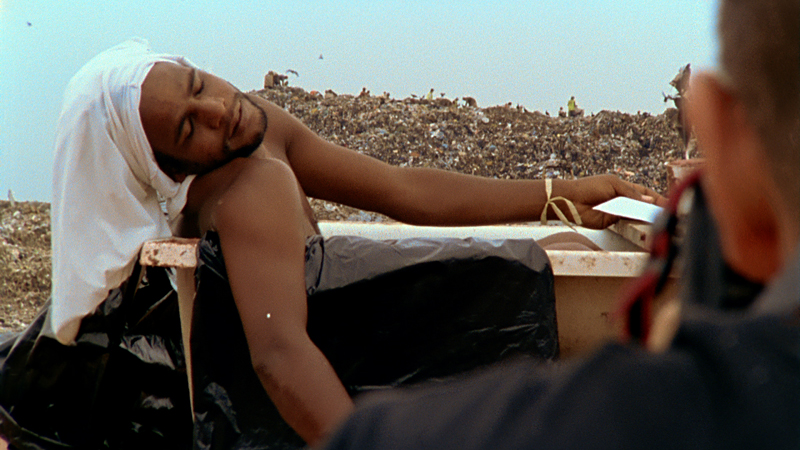Warning lights should flash anytime an artist ventures among the Third World’s poor and dispossessed. Pose a peasant in front of a white studio backdrop, pay him with a few beads and trinkets, then go back and sell the photo for thousands in New York—right? Only it doesn’t work that way in this standout SIFF documentary by Lucy Walker. She follows photographer Vik Muniz to the world’s largest landfill, which serves all of Rio de Janeiro. It swarms with a resident community of 3,000 gleaners who harvest recyclable items to sell. Yes, Muniz snaps photos, and he also poses these catadores in their sorry milieu. But Brazil is his homeland, where he grew up poor before moving to New York. And he returns to the landfill, called Jardim Gramacho, with a new project in mind. He hires a handful of his subjects to create reproductions of their portraits, using pieces of trash, precisely sifted to color and size, to create huge new pointillist images (then photographed, then swept away). He and Walker are respectful of the catadores, seven of whom we get to know in some detail. Through each portrait, usually a riff on a famous painting, Muniz imparts a classical dignity to his sitters. He’s personalizing the Sebastião Salgado panoramic view of human misery and degraded landscapes. His project—and Walker’s—doesn’t feel like appropriation, though the dread cliché of “giving back” creeps into his practiced sales spiel. When the artworks sell in Europe, with $250,000 divided among the catadores, Waste Land sounds a note of triumph. Meanwhile we know that outside Rio—as in so many of the world’s major cities—our trash only continues to grow.
Waste Land: Making Trash Into Art








